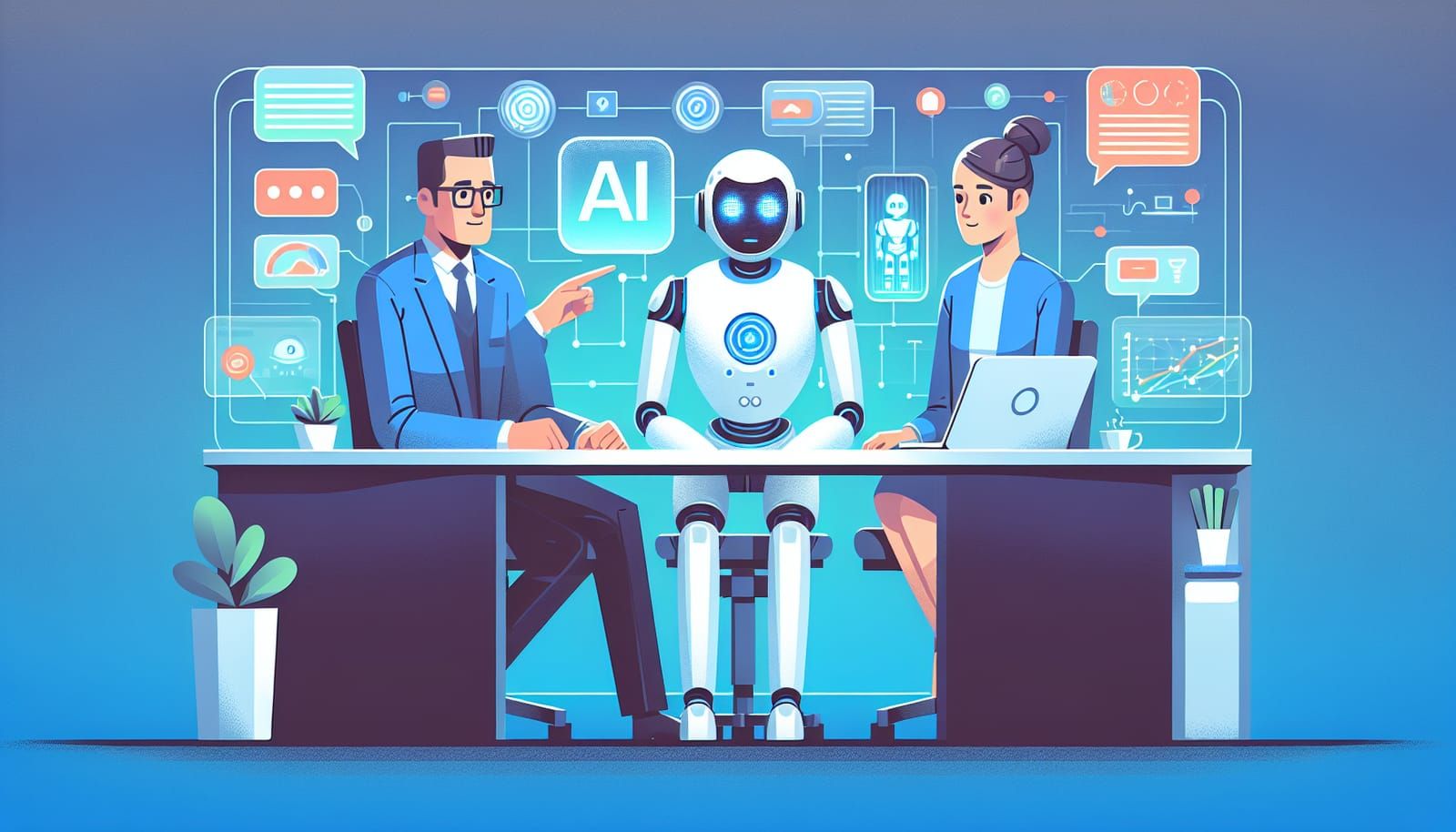Artificial Intelligence (AI) is a hot topic today, and it's transforming the way we work, communicate, and even think. As more businesses integrate AI tools into their processes, it becomes increasingly essential for everyone, including your boss or team, to understand what these tools are and how they can enhance productivity. Whether you’re a seasoned employee or just starting your career, explaining AI in simple and relatable terms can make a world of difference.
Understanding the Basics of AI
Before diving into the specifics of AI tools, it’s crucial to grasp the fundamentals of what AI is. At its core, AI refers to computer systems designed to perform tasks that typically require human intelligence. This includes activities like learning, reasoning, problem-solving, perception, and language understanding.
Think of AI as a smart assistant that can help with various tasks. For example, when you ask Siri or Alexa to play your favorite song, that's AI in action. It understands your voice, processes your request, and delivers results in real time.
Breaking Down AI Tools
Now that we have a foundational understanding of AI, let's explore some common AI tools. These tools can perform a range of functions—from automating mundane tasks to enhancing decision-making processes.
Chatbots: These AI systems can simulate conversation with users. They’re often used in customer service to answer frequently asked questions or guide users through a website. When explaining this to your team, you might say, "Chatbots are like virtual helpers that can talk to customers 24/7 without getting tired!"
Data Analysis Tools: AI can sift through vast amounts of data to find patterns and insights that humans may overlook. For example, tools like Google Analytics use AI to help businesses understand user behavior on their websites.
Content Creation Tools: AI can assist in generating written content, such as articles or reports. Programs like Grammarly not only check grammar but also suggest style improvements, making communications clearer and more effective.
Voice Recognition Systems: AI-driven voice recognition technology, like Google Assistant, can understand and process spoken words, making it easier for people to interact with devices hands-free.
By breaking down these tools into relatable examples, you can help your boss or team understand how AI could be beneficial in their daily work.
Why AI Tools Matter
Explaining why AI tools matter is just as important as describing what they are. Emphasizing the benefits can help your team see the value in adopting AI technologies. Here are some key points to consider:
Increased Efficiency: AI tools can automate repetitive tasks, allowing employees to focus on more strategic and creative work. This not only increases productivity but also enhances job satisfaction.
Better Decision-Making: With AI’s ability to analyze data quickly and accurately, businesses can make informed decisions based on real-time insights rather than guesswork.
Cost Savings: By automating tasks and improving efficiency, AI can help organizations save money in the long run. This is a compelling argument to make to any boss who is concerned about the bottom line.
How to Introduce AI Tools to Your Team
When introducing AI tools to your team, it's essential to communicate effectively. Here are some strategies to consider:
Use Simple Language: Avoid jargon and technical terms. Instead of saying "machine learning algorithms," you could say "smart systems that learn from data."
Share Success Stories: Mention businesses or teams that have successfully implemented AI tools. Real-world examples can make the benefits feel tangible.
Encourage Questions: Create an open environment where team members feel comfortable asking questions. This will help dispel any fears or misconceptions about AI.
Provide Training: Offer workshops or training sessions to help your team understand how to use AI tools effectively. This hands-on experience can demystify the technology.
Highlight Collaboration: Emphasize that AI is not a replacement for human workers but a tool to assist them. Explain how AI can work alongside team members to enhance their capabilities.
Addressing Common Concerns
When introducing AI tools, it’s vital to address any concerns your team may have. Here are some common worries and how to respond:
Job Displacement: Many fear that AI will take their jobs. Reassure your team that AI is meant to augment human abilities, not replace them. “Think of AI as a partner that helps you do your job better,” you can explain.
Complexity: Some may worry that AI tools are too complicated to use. Remind them that many AI applications are designed with user-friendliness in mind, so they can be easily integrated into daily workflows.
Data Privacy: With AI processing vast amounts of data, concerns about privacy are valid. Explain how responsible companies prioritize data security and comply with regulations to protect user information.
The Future of AI in the Workplace
As you discuss AI tools with your boss or team, inspire them with the potential of AI in the workplace. Encourage them to be open-minded and forward-thinking. AI is evolving rapidly, and staying ahead of the curve can give your organization a competitive edge.
Imagine a workplace where mundane tasks are handled by AI, allowing employees to devote their energy to innovation and creativity. Picture teams collaborating with AI systems that provide insights, automate repetitive tasks, and even help brainstorm new ideas. This is not just a dream—it’s the future of work, and it’s happening now.
In conclusion, explaining AI tools to your boss or team doesn’t have to be daunting. By breaking down the basics, showcasing the benefits, and addressing concerns, you can help foster a culture that embraces AI. With the right approach, you can inspire your team to see AI not just as a technological advancement but as a powerful ally in achieving their goals.
Encouraging curiosity and openness to learning about AI will create a more adaptive and innovative workplace, preparing everyone for the exciting future ahead. So, roll up your sleeves and start the conversation—who knows where it might lead?


